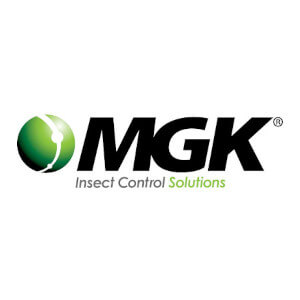Most livestock producers can agree that house flies, Musca domestica, are a significant pest to not only our animals, but to the people who care for them. Living in close association with both people and livestock, house flies are one of the most commonly encountered pests around the globe. As flies with non-biting, sponging mouthparts, house flies are considered nuisance pests in most situations. However, due to their ability to mechanically transmit disease-causing pathogens on their feet and on the hairs that cover their bodies, house flies can also represent a serious health threat to people and animals in production agriculture.
There are many methods of fly control, such as spray-on insecticides and feed-thru supplements containing insect growth regulators (IGR), but no fly management plan is complete without the integration of fly baits.
Decimari is the newest fly bait on the market, but it’s not like any other. Before Decimari, those looking for fly baits had the choice of two diamides (Group 28 insecticide), a single carbamate (Group 1A), and two neonicotinoids (Group 4A). Rotation of insecticide classes is important in all forms of insect control, but as we started the development process, we at MGK asked ourselves, “How can we create a fly bait that is more than just another rotation product?”
The answer to that question was Decimari, the only fly bait on the market to contain an IGR. No longer are additional premise applications of IGRs required after a fly bait scatter treatment. Dual modes of action – an adulticide and an IGR – have been formulated into one product.
Decimari is comprised of Clothianidin (a neonicotinoid) and Pyriproxyfen, MGK’s NyGuard IGR. Many people have asked why MGK created a fly control product with an IGR, considering IGRs are not usually considered effective control measures for the adult flies that would be picking up the bait. The answer to this inquiry is two-fold.
In a scatter application, Decimari works first by killing male and female adult house flies that consume the bait. But what happens as dirt or manure covers up the bait? Burying fly bait in organic matter would stop your control with any other product on the market. However, once Decimari is covered, the bait goes into a second phase of control as Pyriproxyfen, the IGR, leeches into the organic matter and begins to work on developing fly larvae. Best case scenario: adult house flies consume the bait and die. Worst case scenario: the bait is covered before adult house flies can consume it and pyriproxyfen begins working on developing fly larvae. This is why we refer to Decimari the No Waste Bait.
In addition to scattering Decimari, there is also the option to mix the bait granules in water and either paint or spray the solution on a surface. The benefits of these application methods include the option to apply clothianidin across a wall or area where house flies rest. But again, what is the benefit of having an IGR included in a solution sprayed on an adult fly’s resting space?
The science of Pyriproxyfen, a Group 7C juvenile hormone mimic, shows that this IGR has the ability to reduce reproduction capabilities in adult house flies. Studies have shown that when exposed to pyriproxyfen in a surface spray application, the number of eggs a female house fly is able to lay is reduced by up to 95%. This means that if a house fly was laying 100 eggs before coming into contact with NyGuard, they may only lay 5 eggs after. The effects this has on house fly population growth is significant.
Much like anyone in the animal production industry, MGK’s Decimari fly bait seems to never stop working. One bait; two ways to put an end to flies.

